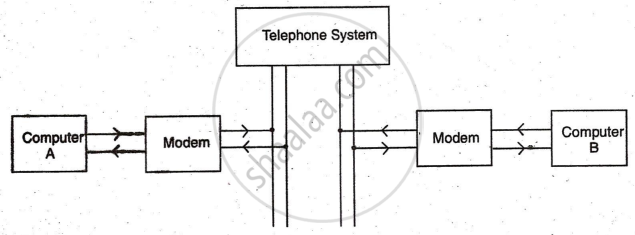Topics
Electronic Components/ Study of Components and Circuits
- Introduction to Electronic Components
- Classification Of Components
- Resistors
- Types of Resistors
- Capacitors
- Types of Capacitors
- Inductors
- Basics of Transformers
- Basics of Semiconductor Devices
- PN Junction Diode
- Half Wave Rectifier
- Types of diodes
- Transistors
- Transistor Amplifier
- Basic of Transistor as a Switch
- Switch Mode power Supply (SMPS)
- Classification of IC’S
Logic Gates and Sequential Circuit
- Introduction of Logic gates and sequential circuits
- Basics of Logic Gates
- Types of gates
- Odd/Even Parity
- DE-MORGAN'S Theorem
- NAND Gate is an Universal Building Block
- HALF ADDER AND FULL ADDER
- Multiplexers
- Demultiplexer
- Encoder
- Decoder
- FLIP-FLOPS
- Counters
- Shift Registers
Functional Hardware of Pc
Peripheral Devices
Modems
A modem is a device with both modulator and demodulator circuits. It converts binary signals into analog signals for transmission over telephone lines and then converts them back to binary at the receiver end, enabling digital communication via telephone lines.
Steps in digital communication using Modem

- The user at computer 'A' sends data in digital form.
- Computer 'A' converts the digital data into analog form using a modulation technique.
- The modulated signal, within telephone frequency range, is transmitted over the telephone line using the correct dial code.
- Computer 'B' is selected by its dial code.
- The modem of computer 'B' converts the analog modulated signal back into the original digital data through demodulation.
- The demodulated digital information is processed and displayed on the screen of terminal 'B'.
If you would like to contribute notes or other learning material, please submit them using the button below.
